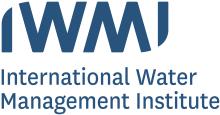Resource information
The transmission of malaria in Sri Lanka is unstable; its incidence greatly fluctuates from year to year and exhibits important variations within a year. Identification of the underlying risk factors of malaria is important to target the limited resources for the most-effective control of the disease. This report presents the first results of a project on malaria risk mapping to investigate whether this tool could be utilized to forecast malaria epidemics. It documents the key malaria risk factors for the Uda Walawe region of Sri Lanka, where monthly malaria incidence data were available over a 10-year period. In the study, data on aggregate malaria-incidence rates, land-use and water-use patterns, socioeconomic features and malaria-control interventions were collected and analyzed in a geographical information system. Malaria cases were mapped at the smallest administrative level and relative risks for different variables were calculated employing multivariate analyses. The findings of the study call for malaria-control strategies that are readily adapted to different ecological and epidemiological settings.



